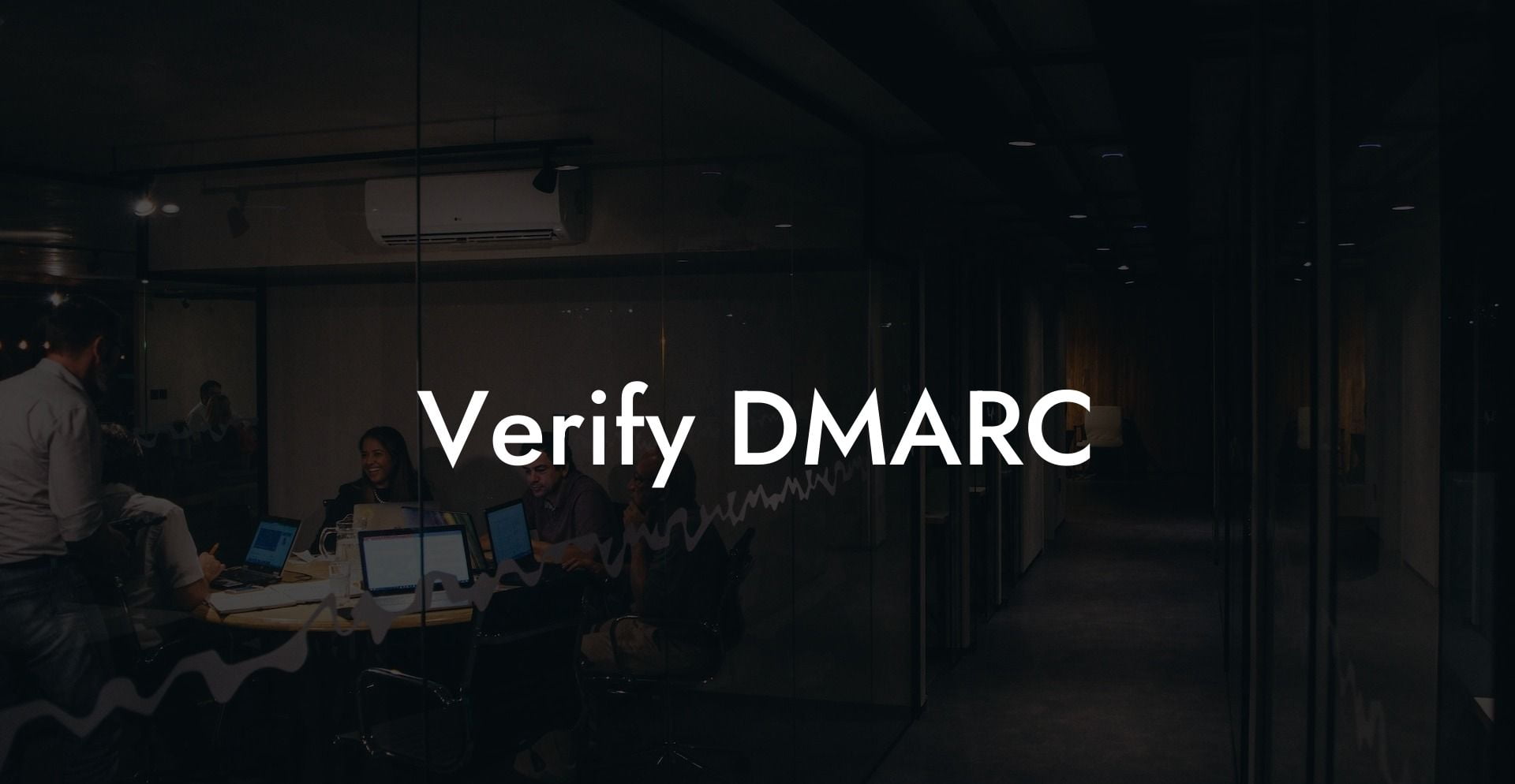In today's digital world, email fraud and phishing attacks are becoming increasingly common. Scammers use clever tactics to imitate trusted sources and trick individuals into giving away sensitive information. As a result, organizations need to protect their domains and email channels by implementing strict security measures, such as DMARC. In this detailed guide, we will explore the importance of DMARC, how it works, and how to verify it for the sake of proper email security. Let's dive in and learn more about this essential cybersecurity tool.
Understanding DMARC
DMARC, or Domain-based Message Authentication, Reporting, and Conformance, is a crucial security protocol that ensures legitimate emails are properly authenticated while illegitimate ones are blocked or flagged. It creates a link between the sender's domain name and the email authentication methods, such as SPF (Sender Policy Framework) and DKIM (DomainKeys Identified Mail), to protect users from phishing attempts and spoofing attacks.
How Does DMARC Work?
Protect Your Data Today With a Secure Password Manager. Our Top Password Managers:
DMARC leverages SPF and DKIM to create a more robust email authentication system. It verifies if the email sender's domain is authorized for SPF and DKIM. Upon receiving an email, the recipient's email server checks its authentication by analyzing the following DMARC fields:
- DMARC Policy: The sender's DNS record includes their DMARC policy, which specifies how the email should be handled upon failing SPF or DKIM checks.
- Identifier Alignment: Ensures that the sender domain aligns with both SPF and DKIM, thus proving that the email was sent by the legitimate domain owner.
If the email passes these checks and is in accordance with the DMARC policy, it will be delivered to the recipient's inbox. On the other hand, if it fails, it will be quarantined or rejected, depending on the DMARC policy set by the sender.
Benefits of DMARC
Implementing DMARC brings various advantages, such as:
- Improved Email Security: By enabling DMARC, you take proactive measures to prevent spoofing and phishing attempts on your domain, thereby reducing the risk of data breaches.
- Better Deliverability: As DMARC improves your emails' authenticity, the chances of them landing in spam folders are significantly reduced.
- Increased Trust and Reputation: Users will recognize your domain as safe and reliable, which builds trust and improves your brand's reputation.
- Valuable Insights: DMARC generates reports to help you understand the performance of your email campaigns and detect potential threats.
Verifying DMARC
To ensure your DMARC configuration is functioning correctly, you need to verify its settings. You can use various online DMARC verification tools or follow the steps outlined below:
- Setup SPF and DKIM: Before implementing DMARC, make sure you have both SPF and DKIM configured for your domain.
- Create DMARC Record: Generate a DMARC record to define your authentication policies, including the percentage of emails to be subjected to DMARC checks, and what actions should be taken if they fail.
- Publish the Record: Add your DMARC record to your domain's DNS as a TXT record.
- Verify Record: Use the online DMARC verification tools by inputting your domain name to check if your DMARC record is correctly published and configured.
- Monitor Reports: Regularly review DMARC reports to look for potential red flags and gather valuable insights on your email campaign performance.
Verify DMARC Example:
If a scammer pretends to be from your company and sends fraudulent emails to unsuspecting users, DMARC helps protect your domain and your customers from becoming victims of phishing attacks. For example, a scammer impersonating John from Example Inc., with an email address "john@example.com," attempts to phish sensitive data from users. As Example Inc. already has DMARC implemented, the phishing email fails to pass the authentication checks and ends up in the spam folder or is rejected altogether, ensuring data security and maintaining brand reputation.
Now that you have a clear understanding of DMARC, we encourage you to make use of this technology to protect yourself, your organization, and your customers from email fraud and phishing attacks. Share this post with your peers to spread awareness about DMARC verification, and feel free to explore our other guides on Voice Phishing for more insightful information on cybersecurity. Together, we can make the digital world a safer place for everyone.
Protect Your Data Today With a Secure Password Manager. Our Top Password Managers:















